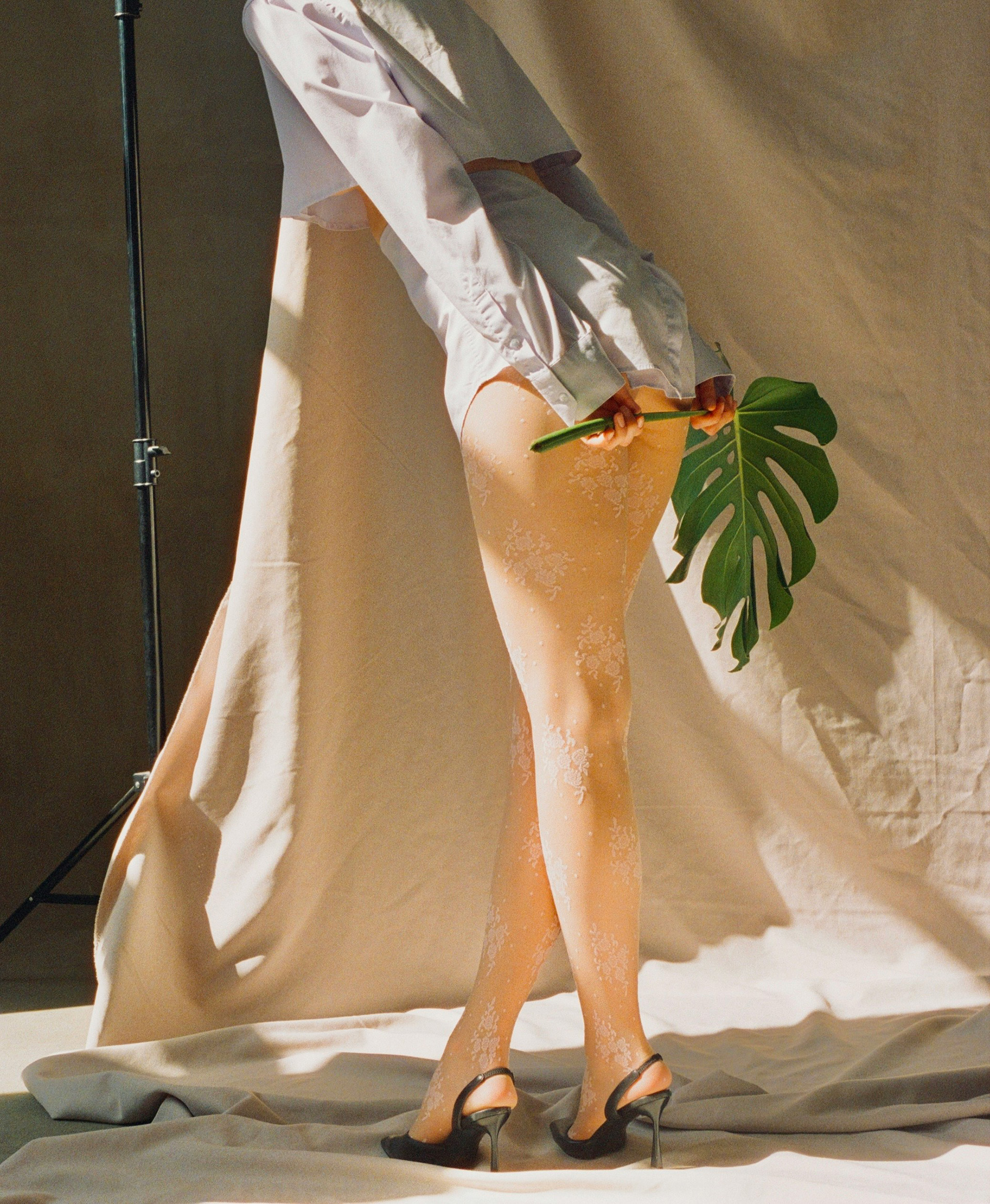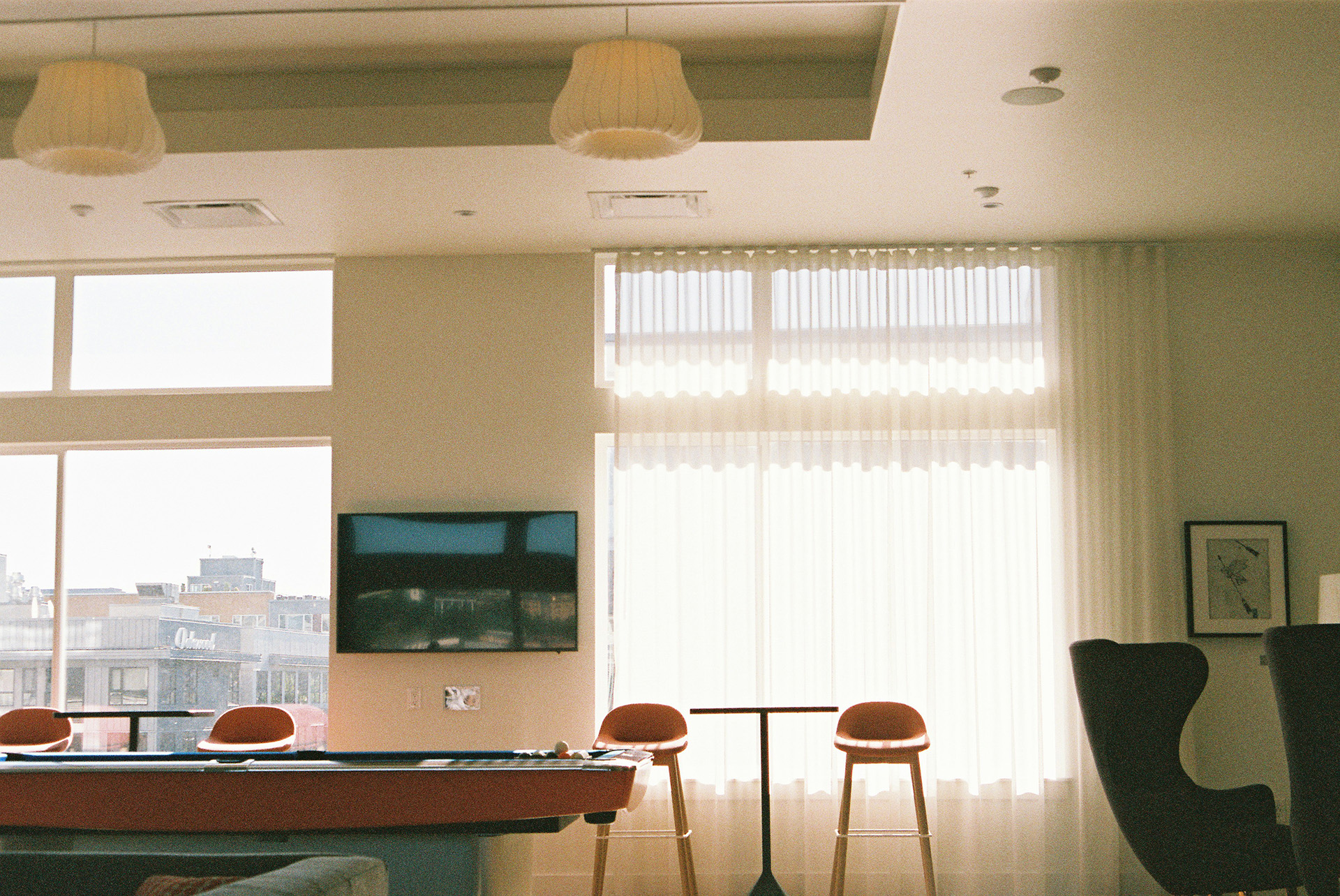Stretch marks, or striae, are a common skin condition resulting from rapid stretching of the skin due to growth spurts, weight changes, or pregnancy. They often appear as red, purple, or white streaks on the skin and can cause cosmetic concerns for many individuals. Pulsed dye laser (PDL) therapy is an effective non-invasive treatment option for reducing the appearance of stretch marks, particularly those that are red or purple in color. This article explores the benefits, procedure, recovery, and potential risks associated with pulsed dye laser treatment for stretch marks, providing a comprehensive guide for those considering this rejuvenation option.
Understanding Pulsed Dye Laser Therapy
Pulsed dye laser therapy uses a concentrated beam of light that targets blood vessels in the skin, causing them to coagulate and be absorbed by the body. This process helps reduce redness and improve the overall appearance of the skin. PDL is particularly effective for treating red or purple stretch marks (striae rubrae), as the laser targets the vascular component of these marks, promoting collagen production and skin rejuvenation.
Benefits of Pulsed Dye Laser for Stretch Marks
Reduces Redness and Discoloration
PDL therapy effectively reduces the redness and discoloration associated with red or purple stretch marks, leading to a more even skin tone.
Promotes Collagen Production
The laser stimulates collagen production in the treated area, improving skin texture and elasticity and reducing the visibility of stretch marks.
Minimally Invasive
PDL therapy is a non-invasive treatment that requires no incisions or downtime, making it a convenient option for those seeking to improve their skin’s appearance.
Quick and Efficient
Each treatment session is relatively quick, typically lasting 15 to 30 minutes, allowing patients to return to their normal activities immediately afterward.
The Pulsed Dye Laser Procedure
Understanding the details of the pulsed dye laser procedure can help prospective patients prepare for what to expect and ensure a smoother treatment experience.
Pre-Treatment Consultation
Before undergoing PDL therapy, patients will have a thorough consultation with a qualified dermatologist or laser specialist. During this consultation, the provider will assess the patient’s overall health, examine the stretch marks, and discuss their goals and expectations. The provider will also review the patient’s medical history and explain the procedure in detail.
The Procedure
The PDL procedure involves several key steps:
- Preparation: The treatment area is cleansed to remove any makeup, oils, or impurities. A topical numbing cream may be applied to minimize discomfort.
- Laser Application: The provider uses the pulsed dye laser device to deliver short bursts of concentrated light to the stretch marks. The laser targets the blood vessels within the marks, causing them to coagulate and be reabsorbed by the body.
- Post-Treatment Care: A cooling gel or ice pack may be applied to the treated area to soothe the skin and reduce any redness or swelling.
Each treatment session typically takes 15 to 30 minutes, depending on the size and number of stretch marks being treated.
Recovery and Aftercare
Recovery from pulsed dye laser therapy requires careful attention to post-treatment instructions to ensure optimal healing and results.
Immediate Post-Treatment Care
Immediately following the procedure, patients may experience mild redness, swelling, or bruising in the treated area. These symptoms are temporary and usually resolve within a few hours to a few days.
At-Home Care
Patients should follow these general guidelines during the recovery period:
- Avoid Sun Exposure: Protect the treated area from direct sun exposure by wearing protective clothing and applying a broad-spectrum sunscreen with an SPF of 30 or higher.
- Keep the Area Moisturized: Use a gentle, fragrance-free moisturizer to keep the skin hydrated and promote healing.
- Avoid Harsh Products: Refrain from using harsh skincare products, such as exfoliants or retinoids, on the treated area until it has fully healed.
- Follow Provider Instructions: Adhere to any additional post-treatment instructions provided by the dermatologist or laser specialist.
Healing Time
The initial healing phase for pulsed dye laser therapy typically takes a few days to a week, during which redness and swelling gradually subside. Most patients can return to work and normal activities immediately after treatment, although it is advisable to avoid strenuous activities and excessive heat (such as saunas or hot tubs) for a few days.
Potential Risks and Complications
While pulsed dye laser therapy is generally safe, it does carry some potential risks and complications:
Temporary Redness and Swelling
Mild redness and swelling are common side effects that usually resolve within a few hours to a few days after treatment.
Bruising
Some patients may experience bruising in the treated area, which typically resolves within a week.
Pigment Changes
In rare cases, PDL therapy can cause temporary changes in skin pigmentation, resulting in either lighter or darker patches of skin.
Blistering or Scabbing
Blistering or scabbing may occur in some patients, particularly if the skin is sensitive or if the treatment is too aggressive. Proper aftercare can help minimize these risks.
Combining Pulsed Dye Laser with Other Treatments
For comprehensive skin rejuvenation results, pulsed dye laser therapy can be combined with other cosmetic treatments. Common combinations include:
Fractional Laser Resurfacing
Combining PDL with fractional laser resurfacing can enhance overall skin texture and tone by promoting collagen production and skin regeneration.
Microneedling
Microneedling creates micro-injuries in the skin, stimulating collagen production and improving the appearance of stretch marks. Combining microneedling with PDL can provide synergistic benefits.
Topical Treatments
Using topical treatments containing ingredients like retinoids, hyaluronic acid, or peptides can complement PDL therapy by promoting skin repair and hydration.
Selecting the Right Provider for Pulsed Dye Laser Therapy
Choosing a qualified provider is crucial to achieving successful outcomes with pulsed dye laser therapy. Here are some tips for finding a qualified dermatologist or laser specialist:
- Board Certification: Ensure the provider is board-certified in dermatology or a related field.
- Experience: Look for a provider with extensive experience in performing pulsed dye laser treatments.
- Before-and-After Photos: Review the provider’s before-and-after photo gallery to assess their work and results.
- Patient Reviews: Read reviews and testimonials from previous patients to gauge their satisfaction and experience with the provider.
- Consultation: Schedule a consultation to discuss your goals, ask questions, and determine which provider you feel most comfortable with.
Conclusion
Pulsed dye laser therapy offers a highly effective solution for individuals seeking to reduce the appearance of stretch marks and improve their skin’s overall texture and tone. By understanding the benefits, procedure, recovery process, and potential risks, patients can make informed decisions and take proactive steps toward achieving their desired outcomes. Consulting with a qualified dermatologist or laser specialist is the first step toward exploring this rejuvenation option and achieving smoother, more even-toned skin. Whether used alone or in combination with other treatments, the transformative results of pulsed dye laser therapy can provide lasting improvements and enhanced self-confidence.


